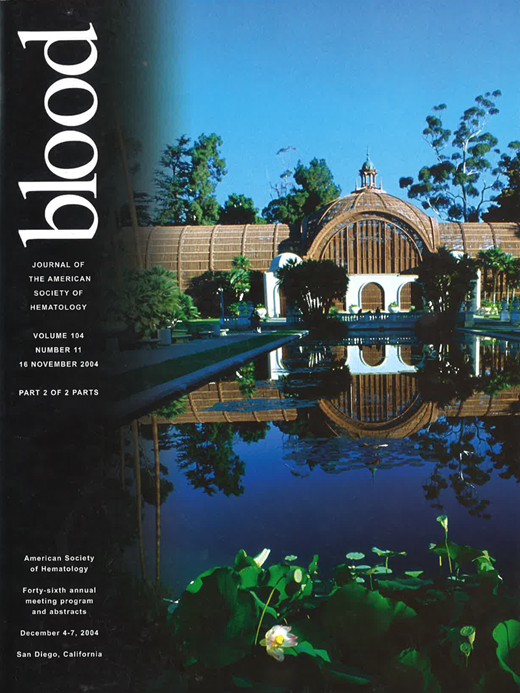Abstract
Patients with serious medical conditions admitted to the hospital on the weekend have higher in-hospital mortality rates compared to those admitted on weekdays (
Bell et al, NEJM 2001;345:663–668
). It is a common perception that patients with AML are hospitalized on Friday or on the weekend. It is unknown whether weekend vs. weekday admission for AML correlates with outcome, as delay in treatment or delay in obtainment of procedures (such as central venous line (CVL) placement) requisite for anthracycline delivery may occur for weekend admissions. We retrospectively studied 118 older adults (age ≥55 years) diagnosed with AML and treated with anthracycline-based remission induction therapy from 1994 to 2002 at the Cleveland Clinic Foundation. Patients’ demographics, baseline hematologic parameters, cytogenetic risk groups (based on CALGB 8461), response to chemotherapy, and survival information were recorded. Weekends were defined as admission to the hospital on Friday, Saturday, or Sunday. Survival and in-hospital mortality were compared between weekend and weekday groups, controlling for known adverse prognostic factors, using Cox proportional hazards analysis for overall survival. Patient characteristics were typical of other studies in older adults with AML: the median age was 69 years (range 55–81); 54.2% were male, and 37 patients (31.6%) had secondary AML. The median baseline white blood cell count was 10.2 x 103/uL. Cytogenetics were available for 104 patients (88.1%): 4 (3.8%) had favorable, 63 (60.6%) had intermediate, and 37 (35.6%) had unfavorable cytogenetics. Baseline values of these known prognostic factors were similar for weekend and weekday admission groups, reflecting similar disease severity. A total of 88 patients (74.6%) were admitted on weekdays, 30 (25.4%) on weekends. Fifty-nine patients (50.4%) achieved a complete remission and 22 patients (18.6%) died during their hospitalization. Only 16.9% of patients were admitted on Friday, while another 8.4% were admitted on Saturday or Sunday. While weekend admission did predict for a delay in CVL placement of 1 day and delay in chemotherapy start of 1 day, this was not associated with increased in-hospital mortality or with a difference in overall survival (Hazard ratio for weekend vs. weekday admission, 0.97, P=0.90 and 1.10, P=0.72, respectively). Results were similar in univariate and multivariable analyses.| . | Weekday Admits . | Weekend Admits . | P-Value . |
|---|---|---|---|
| . | N=88 . | N=30 . | . |
| Days to CVL [Median (Range)] | 2 (0–11) | 3 (0–17) | 0.008 |
| Days to Chemotherapy [Median (Range)] | 2 (0–32) | 3 (0–18) | 0.20 |
| In-hospital Mortality [N(%)] | 18 (20.4) | 4 (13.3) | 0.39 |
| . | Weekday Admits . | Weekend Admits . | P-Value . |
|---|---|---|---|
| . | N=88 . | N=30 . | . |
| Days to CVL [Median (Range)] | 2 (0–11) | 3 (0–17) | 0.008 |
| Days to Chemotherapy [Median (Range)] | 2 (0–32) | 3 (0–18) | 0.20 |
| In-hospital Mortality [N(%)] | 18 (20.4) | 4 (13.3) | 0.39 |
In conclusion, in-hospital mortality rates and overall survival are similar for older AML patients receiving remission induction chemotherapy who are admitted on weekends and weekdays, and patients do not appear to be preferentially admitted on Fridays or the weekend, contrary to common beliefs. This similarity in outcome likely reflects staff awareness in tertiary referral centers of the urgency of treatment in AML, thus ameliorating the technical difficulties that may arise when patients are admitted over the weekend.
Author notes
Corresponding author
2005, The American Society of Hematology
2004

